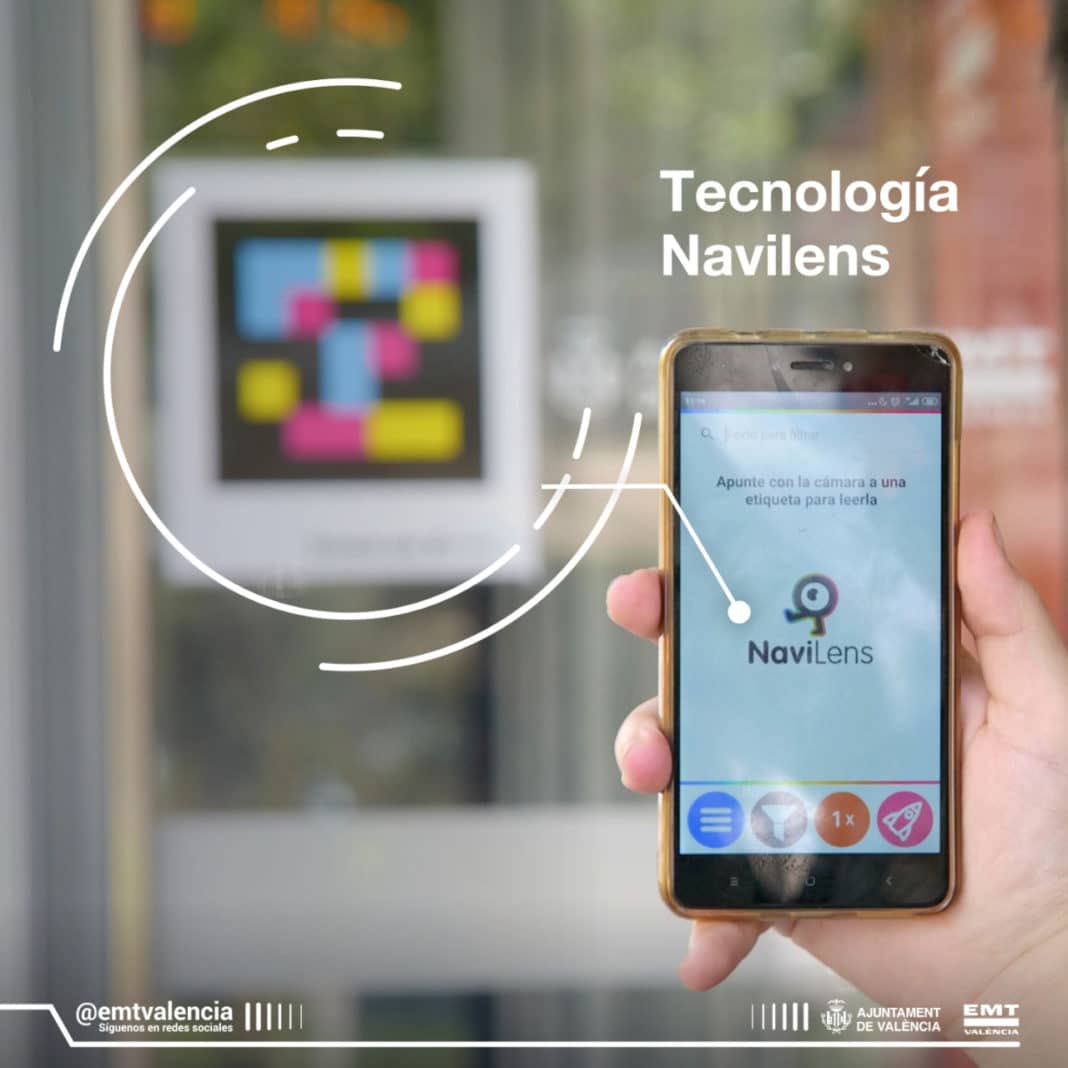The Mobile Vision Laboratory of the University of Alicante, together with the company Neosistec, created a system called Navilens, that allows people with visual disabilities to be guided through various activities and information flows using their mobile devices and their application.
Now based in Murcia, the system has been integrating into the food sector to provide information to the visually impaired, and the latest integration comes from the popular breakfast product, Weetabix.
The firm, in partnership with the Royal National Institute for the Blind (RNIB), is making its products more accessible and inclusive, allowing blind and visually impaired people to easily access all information of the products.
In the food sector, already in 2020, Navilens joined through an agreement with the Kellogg’s firm to launch boxes of one of its cereal brands so that blind or visually impaired people could recognise the product thanks to the codes and the Navilens application. It was a pilot test in the United Kingdom. Likewise, it has been adding brands by including them in packaging from the Ausonia “Always Discreet” brand and in pre-cooked products from the Aunt Bessie’s brand.
Recently, they incorporated their codes into Entenmann’s containers, which is Bimbo’s brand in the United States. With this new installation, they want people with vision difficulties to be able to locate the products on the shopping shelf and also access information on allergens or nutritional values, among other information. In this way, Entenmann’s is the first sweet pastry brand to partner with Navilens in the use of its technology.
The system, based on BIDI codes, unlike other markers such as QR codes, has a powerful algorithm based on Artificial Vision capable of detecting multiple markers at great distances in milliseconds, even in motion and without the need to focus. This system, designed from a company-university collaboration strategy, helps people with blindness or low vision to guide themselves completely autonomously.
This year they have put their codes to help you navigate public transport and pharmacies in Spanish cities and autonomous communities such as Madrid and Andalusia and also in international cities such as London (United Kingdom) and Melbourne (Australia).
In 2020 it put its system in the Los Angeles subway and before, on a pilot basis, the New York Metropolitan Transportation Authority installed Navilens technology in the Jay St – Metrotech station, one of the busiest in New York. The presence of this system in the United States increases with the arrival of Navilens in San Antonio, Texas, where its code can be found at bus stops in the city in order to help people with visual disabilities.





